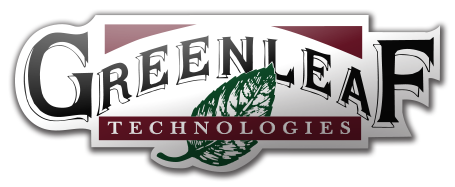Farm Industry News ~ Catching The Drift
Farm Industry News
Mar 1, 2002 12:00 PM
by Kurt Lawton
Unlike in Germany where farmers cannot spray each year until the government checks calibration, U.S. farmers are still free to apply (or misapply) with nozzles of any age or type, into any environmental condition.
However, EPA's current language in its proposed new labeling statement for spray drift mitigation may be moving us closer to greater government regulation of spraying equipment and practices.
Proposed changes to label statements (docket OPP-00730) currently include "draft" language that would allow zero drift from the application site, enforce boom height of no more than 4 ft. and allow no application if wind speed is above 10 mph. To view this draft on the Internet, go to www.epa.gov/opppmsd1/PR_Notices/prdraft-spraydrift801.htm.
Regardless of label language that may be approved, you can almost count on increased regulation. The best advice now is to make sure your spraying operation is as proficient as possible. With this in mind, we queried several major nozzle manufacturers about new products that can aid spraying efficiency and efficacy.
Greenleaf Technologies
Greenleaf, first to introduce the European concept of air-induction nozzles in the U.S. in 1995 with the TurboDrop, now offers the new AirMix nozzle. "The whole idea behind the AirMix is to offer growers a more simple and economical air-induction nozzle that directly replaces their conventional nozzles and works at standard pressure of 20 to 60 psi," says Will Smart, president of the company.
AirMix nozzles, when used properly, reduce the amount of driftable fines (minute droplets less than 100 microns in size that are prone to drift) found with conventional low-drift nozzles by 50 to 80%. "We feel the AirMix is the perfect choice for glyphosate applications, and it gives farmers versatility to apply other types of herbicides, insecticides and fungicides," Smart says.
Introduced in Germany last year (where it is manufactured), the AirMix captured more than 50% of the total nozzle market for ag in its first year. "And this is a tough market because the government must check calibration and certify every sprayer before a farmer can use it," Smart says.
He claims that in reduced spray volume trials at Louisiana State University using AirMix nozzles and Roundup UltraMax, researchers reduced application rate to 3 gpa with the AirMix and it achieved efficacy equal to that of a flat fan nozzle applying 10 gpa. "Glyphosate actually works better with less water, but there is a hesitancy to push people to lower gpa due to the drift issue. But with these types of nozzles, drift control is the easy part," Smart says. He adds that his company doesn't encourage 3 gpa in the Midwest but that a 25 to 50% reduction in carrier volume using the AirMix is certainly possible.
"All air-injection nozzles will give you drift control," Smart says. "You can also get less drift from coarse droplets by running older technology nozzles at lower pressure, but coverage and efficacy can suffer. Our TurboDrop and AirMix nozzles produce droplets with 50% air, allowing them to collapse and spread out for better coverage and efficacy."
Greenleaf claims that other features of its AirMix include a unique air-cleaning system to prevent hole plugging; the ability to fit all standard caps; a compact size (? in. long); and a droplet that is less course than those produced by other air-injection nozzles for better coverage at standard pressures. List price is $5.50/nozzle. For more information, contact Greenleaf Technologies, Dept. FIN, Box 1767, Covington, LA 70434, 800/881-4832, www.turbodrop.com.
